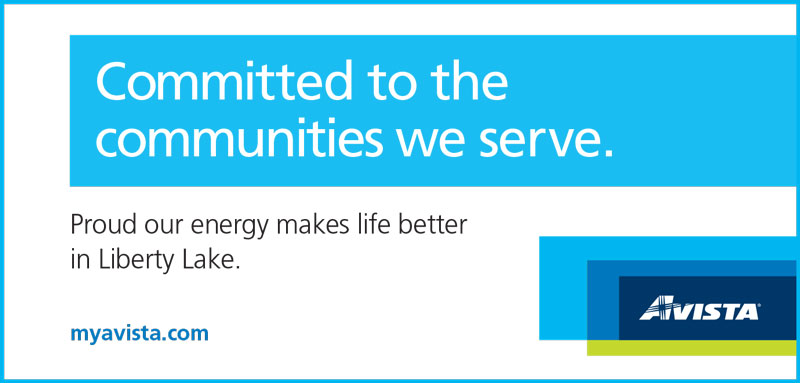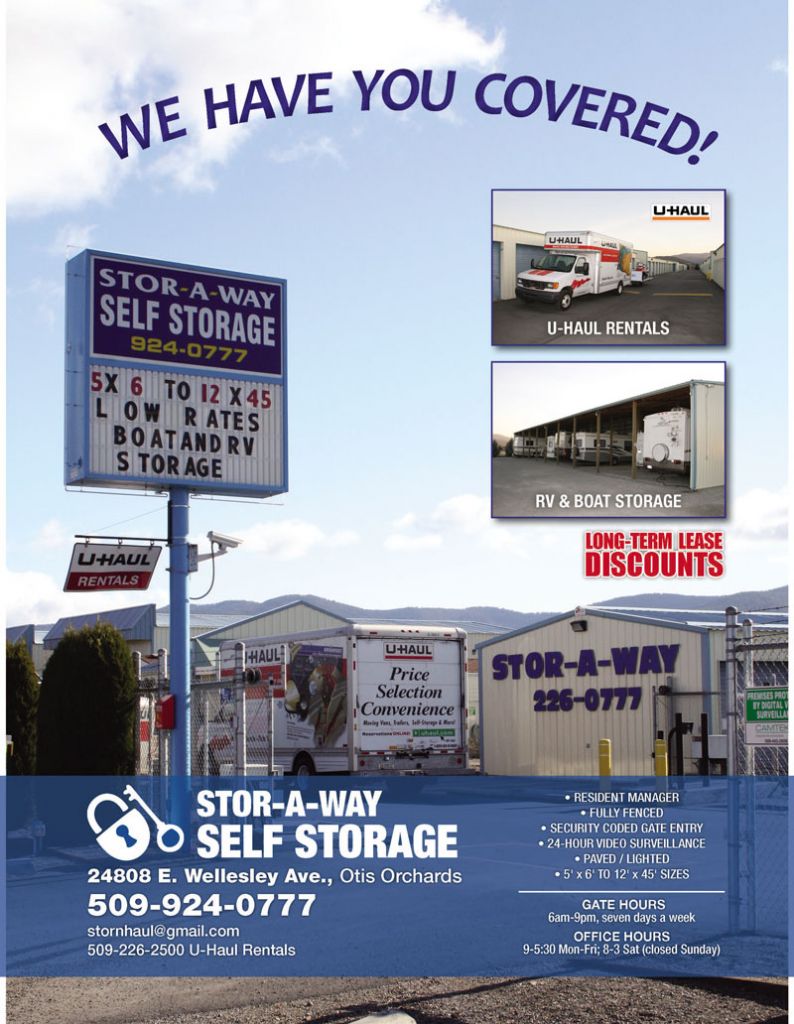As technology and interest in renewable energy options grow, consider how you might incorporate these options into your home and life.
Electric Vehicles
Considering going electric on the road? It’s a big change, but one that’s getting easier, thanks to the expanding number of vehicle options and charging locations. Avista is ready to be your resource with information and programs to help you install an electric vehicle (EV) charger in your home or business.
Driving an EV can save you more than 70 percent on fuel costs, reduce greenhouse gas emissions by 80 percent and local pollution from tailpipe emissions by up to 100 percent.
EVs are cars or trucks that run on battery technology with an operational range of 10-300 miles.
- Plug-in Electric Vehicles (PEVs) — run on electricity only
- Plug-in Hybrid Electric Vehicles (PHEVs) — run on a blend of electricity and gasoline
- Battery Electric Vehicles (BEVs) — powered by electricity only
Most EV owners install a charger in their home. A Level 1 connector (comes with your vehicle) with a 120 volt AC outlet in your garage will gain 3 to 5 miles per hour of charging. Most drivers of today’s PHEV vehicles, like the Chevy Volt, find that a Level 1 charger in their garage works just fine. Owners of all-electric BEVs, like the Nissan Leaf, have larger battery packs and often need a Level 2 connector with a 208/240 volt AC receptacle to gain 10 to 25 miles per hour of charge, or a full recharge overnight.
Public EV charging stations are popping up all over, making EVs more accessible for many drivers. In the Liberty Lake area, Avista partnered with the city to install a public charger in Town Square, and with STA to install a DC fast charger site at the nearby Park and Ride.
Residential Solar
Another renewable option on the mind of some homeowners is solar. With solar you can produce your own electricity (when the sun is shining), reduce your electric bill and shrink your carbon footprint.
Because onsite solar installation can be expensive and is a long-term commitment, there are some important questions to consider as you evaluate whether solar is right for you:
- Will solar installation affect my roof warranty?
- Are there restrictions from my HOA, city or county?
- Will solar affect my homeowner’s insurance premium?
- What are my goals? Am I seeking to offset all or a portion of my energy use?
- Avista’s solar estimator tool can help you compare your options and calculate estimates for varied systems and financial models at avista.wattplan.com/pv/.
My Clean Energy
Interested in showing your support for renewable energy without installing solar panels on your roof? Consider Avista’s My Clean Energy program, a flexible way to directly support our transition to clean, renewable energy.
By adding as little as $1 to your monthly Avista payment, you are greening your energy. Your dollars go toward the purchase of Renewable Energy Credits (RECs) with a mix of wind, solar and other clean generation. A $1 subscription buys one block of 100kWh regional energy. You decide on the number of blocks you want to purchase. For each $1, you’ll offset greenhouse gas emissions from an average car driving 173 miles. There is also a national energy option.
In just one year, Avista My Clean Energy customers contributed to offsetting more than 73 million kWh of electric use with clean, renewable energy — enough to power more than 6,000 homes for one year.
NOTE: A version of this article first appeared in the 2020 Liberty Lake Yearbook.





